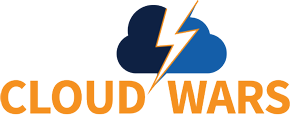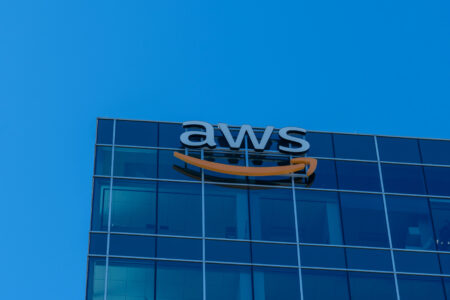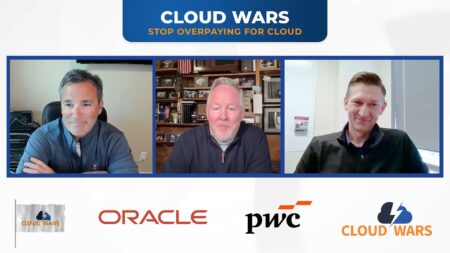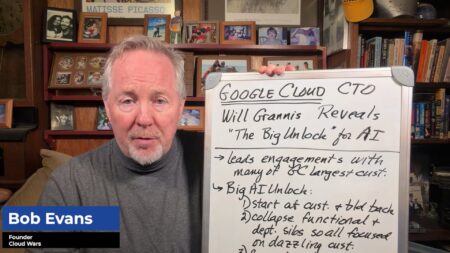
Welcome to the Cloud Wars Minute — your daily cloud news and commentary show. Each episode provides insights and perspectives around the “reimagination machine” that is the cloud.
In today’s Cloud Wars Minute, I discuss Workday’s acquisition of the enterprise knowledge and learning platform provider Sana, and what it means for customers.
Highlights
0:05 — Now, the understanding of the capabilities of LLMs has seeped from discussions among in-the-know business leaders into the general public. Personally, I don’t know anyone who hasn’t tried ChatGPT at least once. However, when it comes to leveraging LLMs and their associated technologies in a business context, it all comes down to the data that you can provide.
0:34 — Essentially, it’s about making internal knowledge useful. This combination of business data and LLMs is the golden ticket for companies that want to thrive in the AI Revolution. There are some standout examples of companies making that possible. One such company is Sana. Now, Workday has announced that it has completed its acquisition of Sana.

AI Agent & Copilot Summit is an AI-first event to define opportunities, impact, and outcomes with Microsoft Copilot and agents. Building on its 2025 success, the 2026 event takes place March 17-19 in San Diego. Get more details.
01:17 — Gerrit Kazmaier, President Product & Technology at Workday, explained: “By bringing Sana’s leading enterprise knowledge and learning to Workday, we’re creating a single intelligent interface…We’re unlocking a new era of productivity, focus and flow across our customers, organizations with a complete AI solution for the next generation enterprise.”
01:46 — Kazmaier is describing the combination of Sana’s enterprise knowledge tools and Workday’s unified cloud platform and formidable partner ecosystem. The vision is to create what Workday calls a “horizontal intelligence layer” across the enterprise. Within this layer, users will have access to deeply personalized experiences.
02:34 — Now, as I’ve discussed many times before, cutting through the noise to identify the specific features, capabilities, data, sources and outcomes that a user needs is essential for thriving in this increasingly competitive, AI-enabled business environment.









